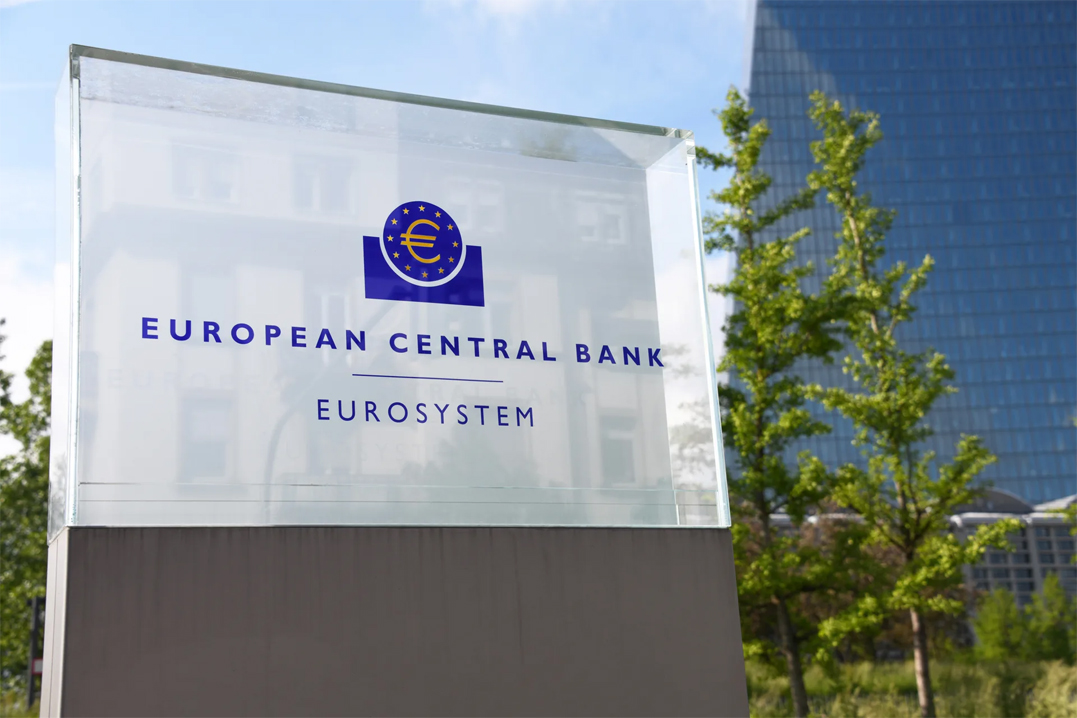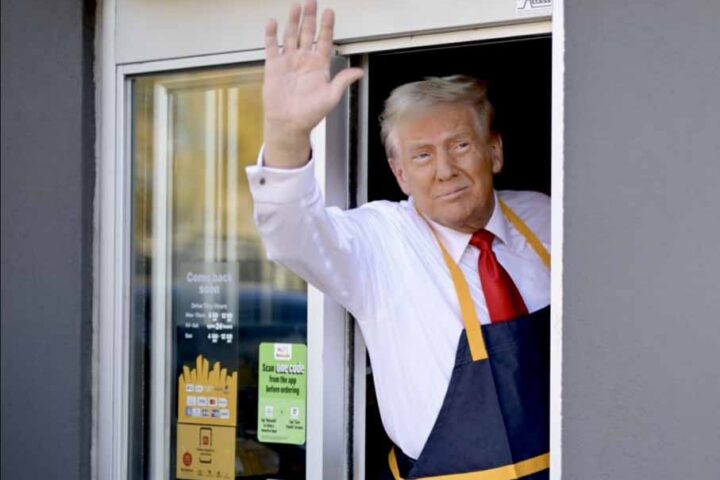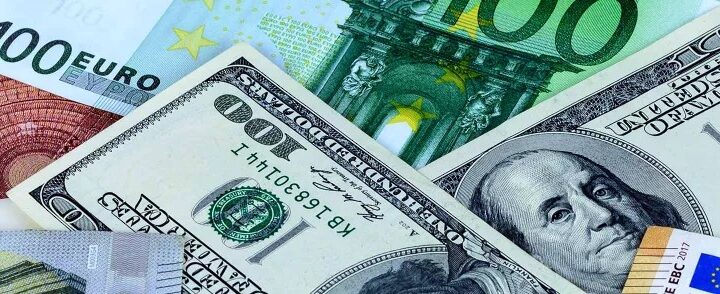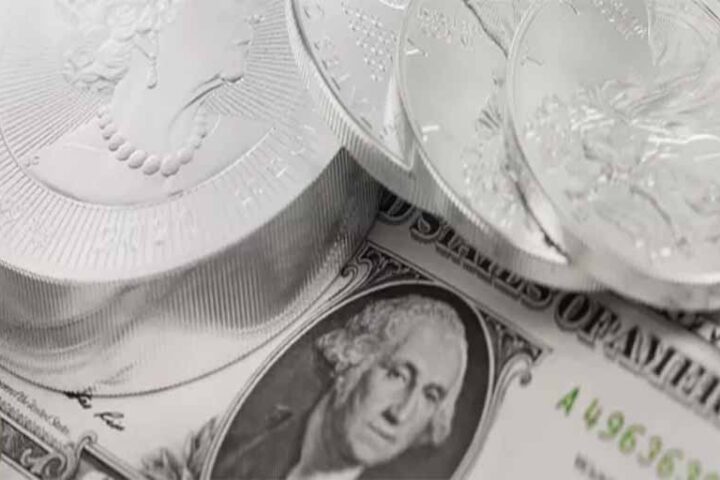The European Central Bank has delivered its seventh interest rate cut in a year and there are two more to come in 2025, but this isn’t a one-way road, according to the CEO of a leading independent financial advisory and fintech.
As fiscal stimulus builds momentum across the eurozone, deVere Group’s Nigel Green believes the ECB will need to reverse course and begin hiking again in 2026 to prevent inflation from running hot.
Thursday’s 25 basis point cut brings the deposit rate to 2.25%, marking a full year of policy easing as the central bank fights to shield the bloc’s fragile economy from tariff-driven uncertainty.
While US President Donald Trump has paused many of the tariffs announced earlier, enough remain in place to sap confidence and disrupt trade flows — and the threat of renewed escalation still hangs in the air.
“This cut shows the ECB is focused on shoring up growth amid ongoing trade tensions,” said Green.
“But there’s a turning point on the horizon. The ECB might have to hike rates again in late 2026 to prevent an overshooting of inflation in 2027.”
“The case for cutting [interest rates] was strong. Eurozone inflation is under control, price pressures are muted, and financial market volatility — much of it triggered by trade policy — is already doing some of the heavy lifting when it comes to tightening credit conditions.
“Against this backdrop, a move down to the top of the ECB’s estimated neutral range makes strategic sense. But this latest rate cut is also about pre-empting further damage.
“The eurozone economy remains highly exposed to global demand, and tariffs, even in partial form, act as a tax on trade. With euro area growth already projected to fall by half a percentage point due to the trade drag, further support was essential.”
Still, this easing cycle has a shelf life. Once fiscal policies — including increased defence and infrastructure spending from Germany and France — begin to feed through more forcefully, demand will pick up. Add to that any recovery in global trade or commodities, and inflation could accelerate quickly.
“This is the delicate balancing act central banks face now,” added the deVere CEO.
“Stimulate enough to support growth today, but not so much that you fuel instability tomorrow. If the ECB overshoots, it will need to tighten again sooner than expected.”
Looking forward, the ECB’s path remains technically “open-ended” — no fixed commitments, each meeting driven by the data. But the path is narrowing. The longer stimulus continues in the face of fiscal expansion, the greater the risk of inflation overshooting in the medium term.
“The ECB is right to act now,” concluded Green. “For now, we expect two more rate cuts for 2025.
“But by the end of next year, the tone — and the policy — could be very different. Markets would do well to prepare for both chapters of the story.”








